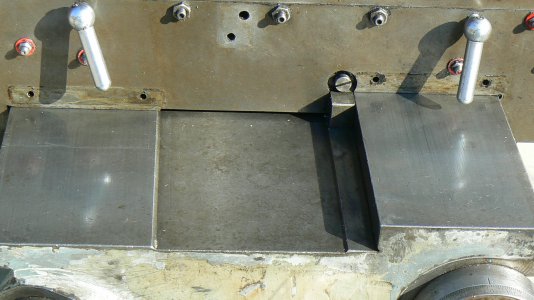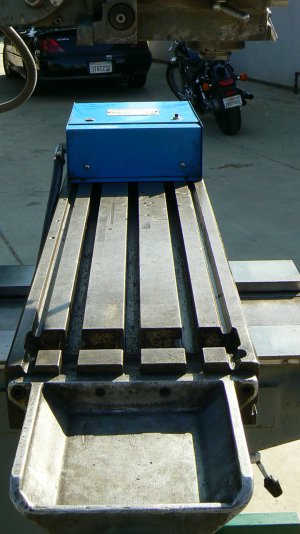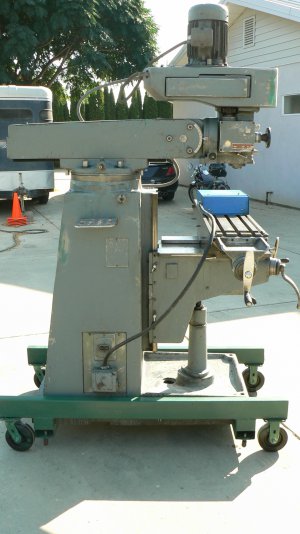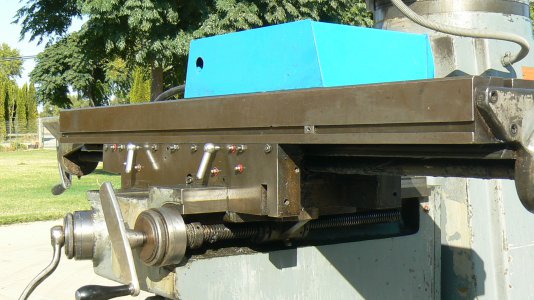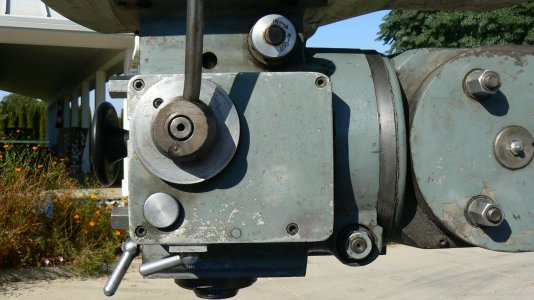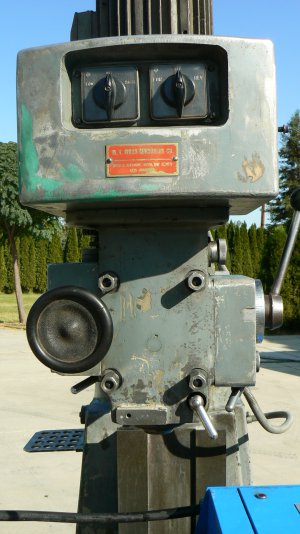- Joined
- Apr 6, 2011
- Messages
- 2,082
I have to provide a caution for DMS's "Simple Green" suggestion and that is, "Be very careful as it WILL remove paint." I discovered this when using it clean up an old shaper. I was cleaning up the motor and noticed that I was wiping off the information that was silk-screened on to the motor plate. I stopped before I obliterated it completely but it is definitely harder to read now.
It's still a great cleaner, just know what it can do.
-Ron
It's still a great cleaner, just know what it can do.
-Ron

